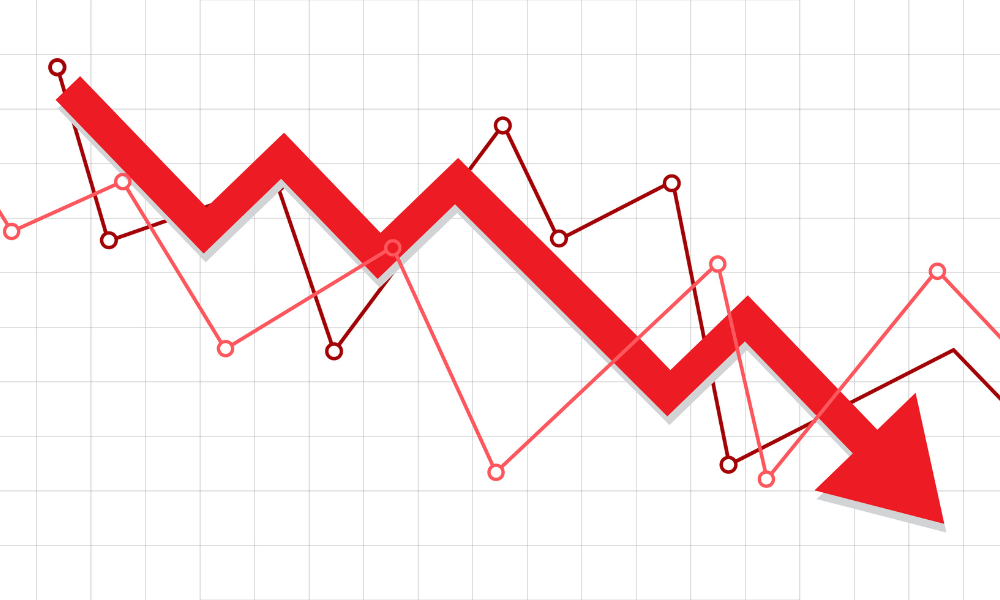Recent ESG disclosure guidance clarifies expectations around ESG fund labelling, use of ratings, and cherry-picking

Last month, the Canadian Securities Administrators (CSA) issued guidance for investment fund providers aimed at improving disclosure practices for ESG matters.
Based on existing regulatory requirements, the guidance clarifies the regulatory body’s expectations for ESG products with respect to fund names, investment objectives, investment strategies, sales communications, and other aspects. A section of the guidance also reports findings from its study of disclosures and sales materials for certain ESG funds in the Canadian market.
To Ian Tam, Director of Investment Research at Morningstar Canada, who was also recently appointed as the Chair of the Canadian Investment Funds Standards Committee (CIFSC), the CSA guidance represents a significant step forward.
“It's very clear through the guidance that the CSA is looking at greenwashing as a pretty significant concern,” Tam says. “Through the CSA’s own investigation, they found that ESG-related or sustainable investment disclosures for investment funds were typically a little vague and relied on boilerplate language, which I would agree with. Providing guidance on how fund companies can disclose their practices using common language will be a great help to the industry.”
One notable part of the guidance, Tam says, focuses on repurposed funds. Certain funds may have already existed for some time, but were re-branded by the fund manager as green, sustainable, or another similar term designed to appeal to ESG-conscious investors.
But according to the CSA’s findings, which align with Morningstar’s past research, the language describing the investment strategy or objectives of such funds don’t really reference the use of ESG factors. The new messaging from the CSA clarifies that funds should only use ESG or other related terms in their name if those ESG or sustainability aspects are also discussed explicitly in the objectives.
“The guidance also talks about cherry-picking scores and ratings from providers,” Tam says. “It says if a fund provider decides to include ESG scores in the disclosure materials of an investment product, it should include scores from more than one provider.”
That direction is absolutely important, Tam says, because the ESG risk rating methodology used by one provider, such as Sustainalytics, can differ from what others use. That means the same fund can have different ratings from different providers, and choosing just one introduces the possibility of a strong framing bias.
Similarly, the guidance says that if a fund provider displays ESG ratings for one of its funds, the best practice would be to do so for all its other funds as well. That piece of guidance is useful for investors, Tam says, as it gives them a sense of what the firm’s full shelf looks like from an ESG risk perspective.
“The CSA also called out funds that get good ratings, but are not necessarily ESG funds,” he says. “For example, technology-focused funds tend to have better ESG risk ratings than those focused on other sectors, even though their intent is not focused on ESG.”
Tam stresses that the CSA generally uses guidance and principle-based measures, rather than explicit or prescriptive requirements, in expressing its expectations for registrants. In line with that, this latest announcement only provides guidelines for fund manufacturers.
“They’re not required, but recommended,” Tam says. “But I would assume that more experienced sustainable fund manufacturers are going to take this pretty seriously. I think having clear disclosures will help them in the long run not only in remaining transparent, but in ensuring investors are able to find the right products that suit their investment objectives.”



